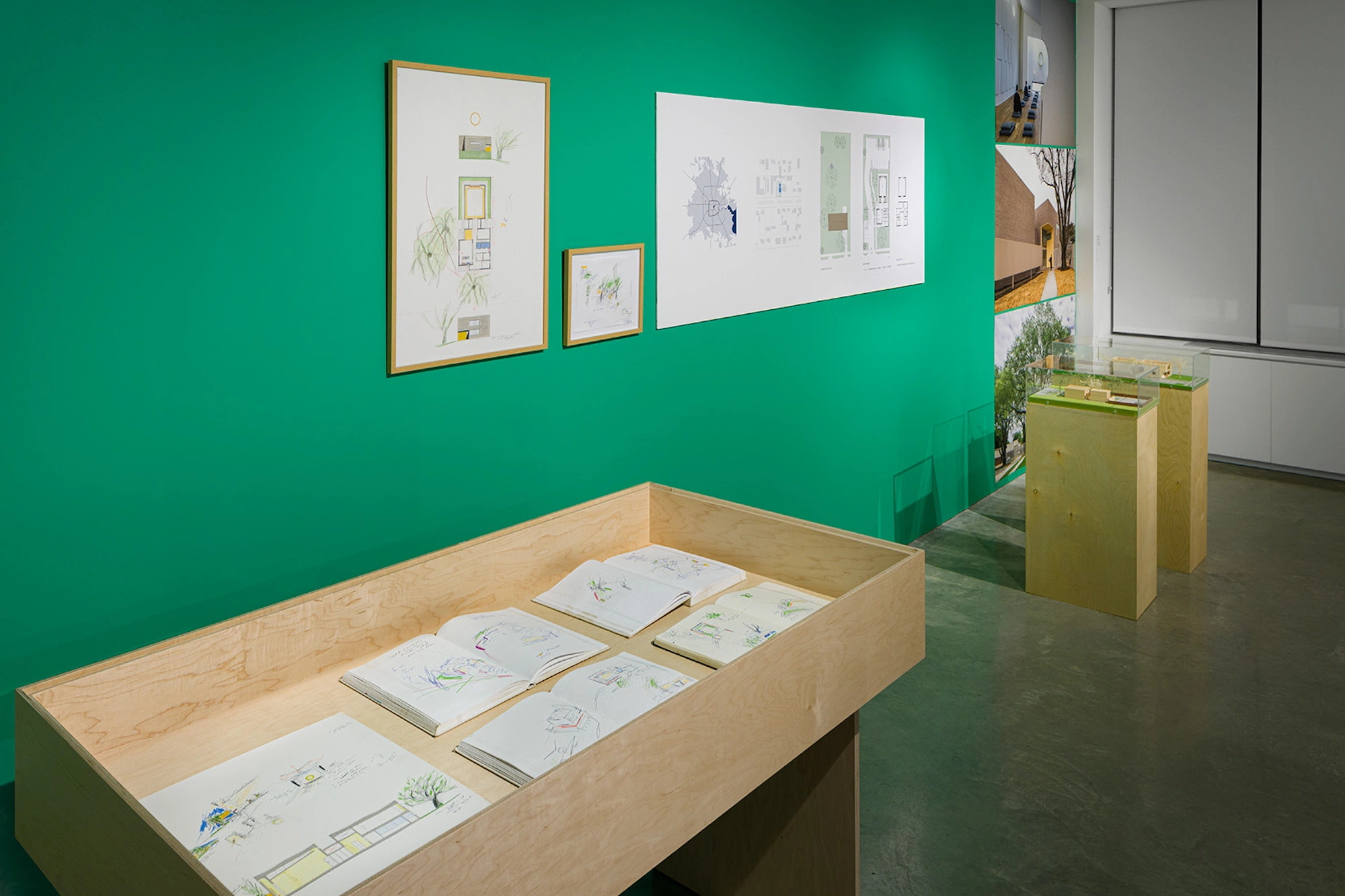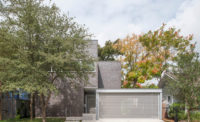This spring, the National Academy of Design hosted “Modern and Reformed: Carlos Jimenez + Patricio del Real in Conversation,” an event highlighting the work of Houston-based architect Carlos Jiménez—a recent inductee to the Academy—within the larger Sites of Impermanence exhibition. The show, which opened in February at the Academy’s newest space in Manhattan, features art and architectural works by members of the most recent cohort of National Academicians. Joining Jiménez are New York–based architect Richard Gluckman and artists Alice Adams, Sanford Biggers, Willie Cole, Torkwase Dyson, Mel Kendrick, and Sarah Oppenheimer. While broad in artistic medium and style, the 2023 inductees are all are linked through, what the Academy terms, an “understanding of formal interventions and the mutability of space.”
The National Academy of Design is a fitting locale for the exhibition’s theme considering its itinerant status over the last few years. The Academy, founded in 1863, sold its longtime home on Manhattan’s Upper East Side in 2019, and temporarily based itself in the National Arts Club, in Gramercy Park, before leasing a new home on West 26th Street in Chelsea last year. The 7,800-square-foot administrative and curatorial space was designed by local firm Bade Stageberg Cox.
.webp)
Jiménez speaks of the unique urban morphology of Houston. Photo courtesy National Academy of Design
Costa Rica–born Jiménez has called Houston home for nearly five decades, setting up his eponymous firm, Carlos Jiménez Studio, in the city’s Hyde Park neighborhood some 40 years ago. The firm has grown with the city, having expanded to several buildings on the suburban, oak-shaded Willard Street. Lacking any land-use or zoning codes, Houston is in a constant state of renewal—its complex mesh of freeways act, as Jimenez put it, as “endless rivers that populate and expand the city in a total delusional sense of freedom.” Amidst that perpetual state of flux, Carlos Jiménez Studio’s body of work, ranging from the central administration and junior school building at the Museum of Fine Arts to Rice University’s Library Service Center, establish a sense of clarity and calm through near-ascetic detailing and thoughtful positioning. The Won Buddhism Center of Houston, completed in 2021 and the focus of Jimenez’s contribution to the exhibition, is a notable example of that canon.
The project is displayed at the exhibition in plan, model, and photography, and, at the talk, Jimenez discussed the particularities of the site—in typical Houston fashion, it is abutted by an auto body shop, a steel fabricator, a storage facility, and single-family homes—and how his firm established a center for meditation and prayer within that many-sided, and often loud, context. That process included a protracted fight to hold onto the site’s three existing live oak trees, which faced the wrecking ball to meet Houston’s demanding parking requirements, and the careful placement of program, like the Dharma Hall, library, and minister’s home, within the two-story wood-frame and masonry structure.

Jiménez's contribution to the exhibition includes photographs, drawings, and models of the Won Buddhism Center of Houston. Photo courtesy National Academy of Design
“It was very important to mitigate the extremes of the project’s neighbors, through greenery at the exterior, and we interceded and negotiated on behalf of the sanctuary, which has just 40 congregants, many of whom were coming by bicycle,” notes Jiménez. “Ultimately, we only lost a pear tree by reducing the number of parking spaces to 22, or 1,600 square feet."
Sites of Impermanence is on view through May 11, and the Academy has scheduled related talks, including one by Richard Gluckman on April 20.





Post a comment to this article
Report Abusive Comment